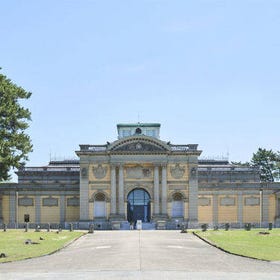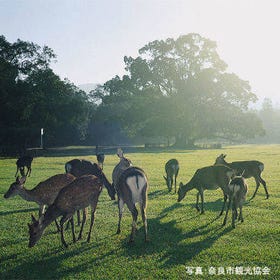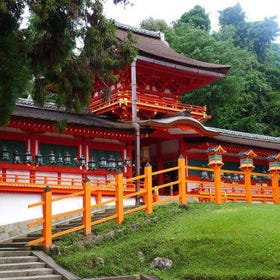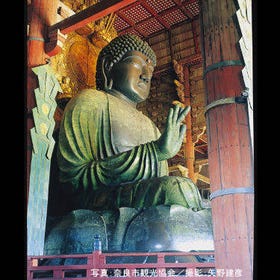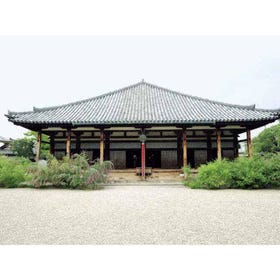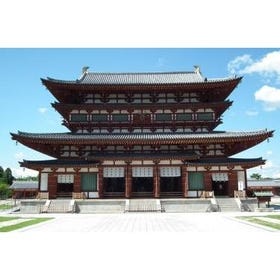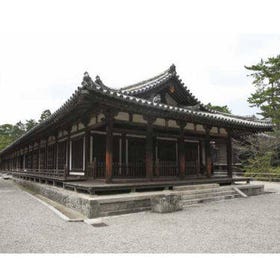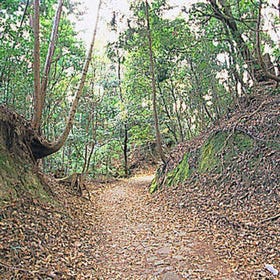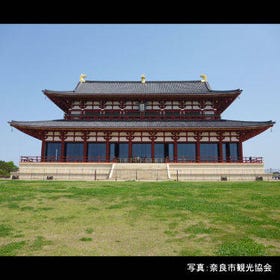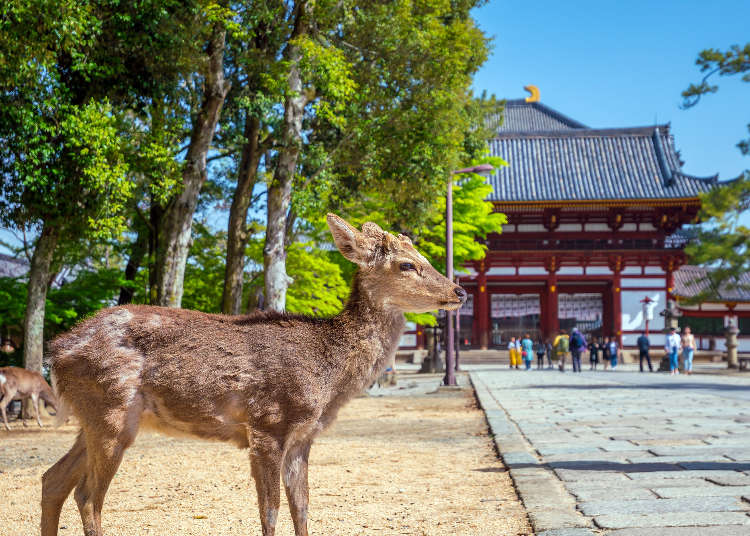
Your Trip to Nara: The Complete Guide (Activities, Hotels, Savers & More)
- Written by: WESTPLAN
Nara is the perfect place to go for travelers looking to enjoy a traditional Japanese city.
Visitors from all over the world love Nara Prefecture for its famous historic buildings, cute and friendly deer, and delicious local food. Here, we're going to share 9 quick and helpful tips on how to make the best use of your time.
Options to enjoy the area abound! Visit intriguing buildings like World Heritage sites Tōdai-ji Temple and Kōfuku-ji, head over to the historic Hōryū-ji Templethat was established by the legendary Prince Shōtoku, or wander into Nara Park to frolic with the friendly deer inhabiting the area, among other activities. One thing's for sure - you'll hardly ever run out of fascinating things to see and do in Nara!
Main image: PIXTA
- Table of Contents
-
- 1. Quick facts about Nara
- 2. When is the best time to visit Nara?
- 3. Getting to Nara from Tokyo and transport within Nara
- 4. Accommodations: Where to stay in Nara
- 5. Must-try foods in Nara
- 6. Cultural things to see in Nara
- 7. Recommended activities and things to do in Nara
- 8. Shopping in Nara
- 9. Other sightseeing hotspots around Nara
1. Quick facts about Nara
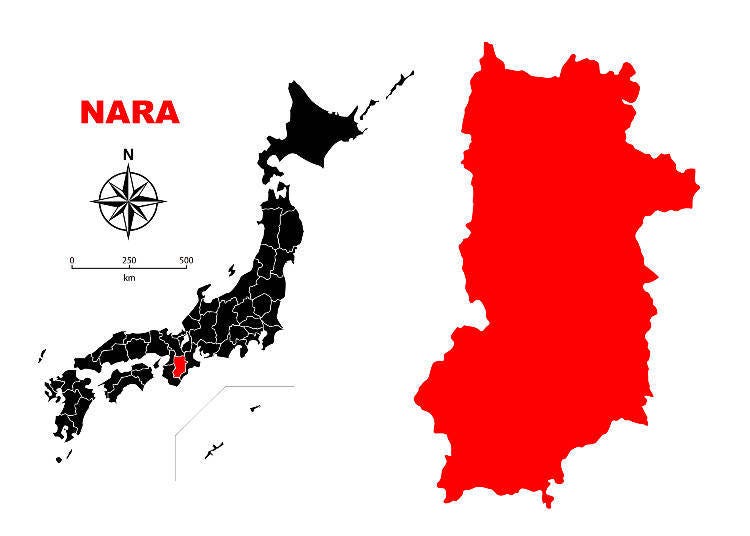
Where is Nara in Japan?
Let's review a few facts about Nara first. Found in Japan's midwest region of Kansai, Nara was where the ancient capital of Japan was located in times of yore.
The place is thus home to many historical places of interest like Tōdai-ji, Kōfuku-ji, and Hōryū-ji. Most tourists new to the area will benefit from sticking to main attractions like Tōdai-ji and Nara Park first, as they are conveniently located within Nara City.
Nara is neighbors with Osaka and Kyoto. It takes about 40 minutes to reach Nara Station from Osaka Namba Station, both on the Kintetsu Railway, and about 45 minutes to reach Nara from Kyoto Station via the JR Nara Line.
Kobe is also located relatively nearby. It takes about 80 minutes to reach Kobe-Sannomiya Station on the Hanshin Line from Nara via the Hanshin-Namba Line and Kintetsu-Nara Line.
This accessibility means Nara is a reasonable place to use as a base for sightseeing trips around major areas in Kansai.
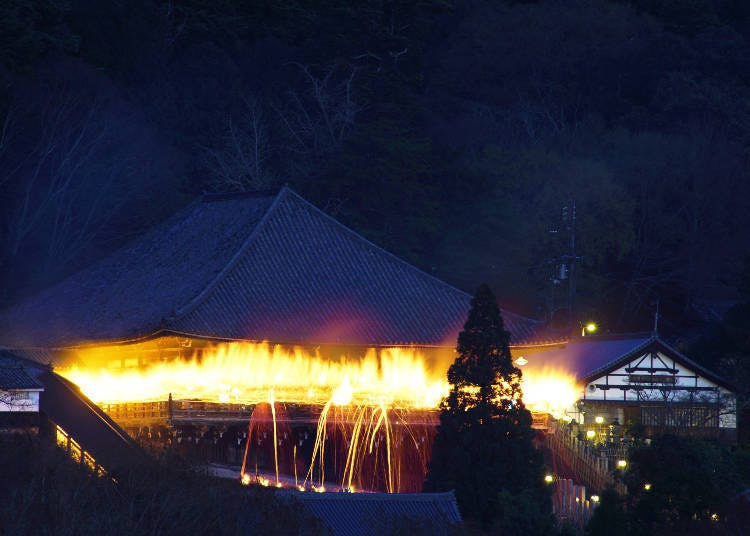
What are some fun events in Nara?
There are plenty of interesting annual events in Nara that have deep links to Japanese culture and history.
For example, the sacred water-drawing festival (omizutori), part of an event known as the Shuni-e that heralds the coming of spring, has been held in Tōdai-ji every year between February to March since the year 752. During the event, torches are lit up every day for a mesmerizing fire ceremony.
Visitors can also look forward to the Shōsōin Exhibition held in the Nara National Museum every autumn. Planning one of these events into your itinerary will make for great cultural immersion!
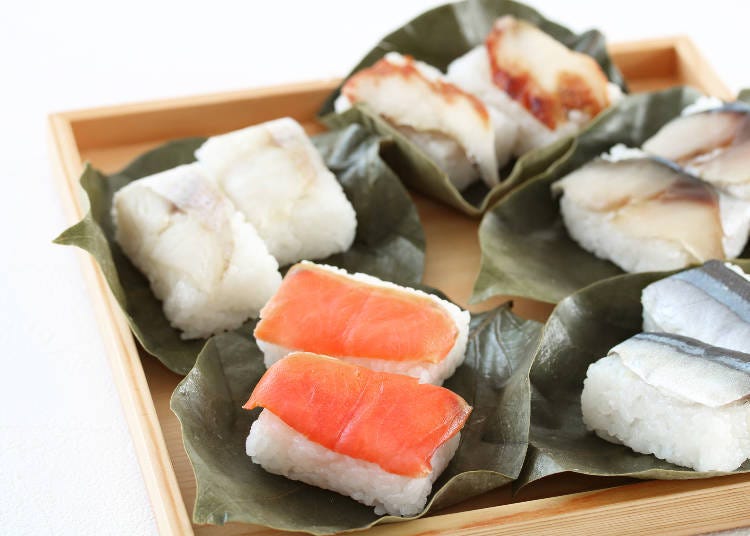
What are some of the famous foods in Nara?
In terms of local delicacies, well-known Nara specialties include foods like sushi wrapped in persimmon leaves, Nara pickled food, Yoshino kudzu (kudzu starch), sōmen (wheat vermicelli), and many others.
Himuro Shrine, located near Nara Park, is where the god of ice is being venerated, so ice festivals and ice-related events are sometimes held here, giving the area the reputation of being a kakigōri (shaved ice dessert) paradise.
You don't have to visit at special times to enjoy the refreshing kakigōri available here, though. Shops are selling this tasty treat all year round, and some make full use of local ingredients like Nara strawberries to enhance the delectable dessert's flavor.
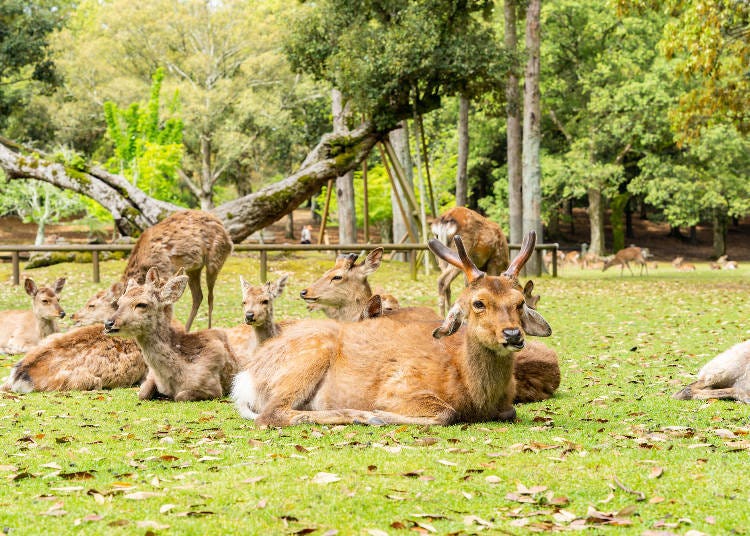
While history and culture are the main things that attract visitors to the quaint prefecture of Nara, the charming blend of old and new things along the streets here is a highlight as well.
Shop for the latest souvenirs in a traditional folk house, stroll down paved roads escorted by tame and docile deer, and let the unique atmosphere of pleasant dichotomy in this ancient city refresh you from inside out.
2. When is the best time to visit Nara?
Spring and autumn are especially recommended for those planning to make the most of their trip to Nara. To be sure, each new season in the region presents an opportunity for visitors to be excited by something different.
Springtime Spotlights
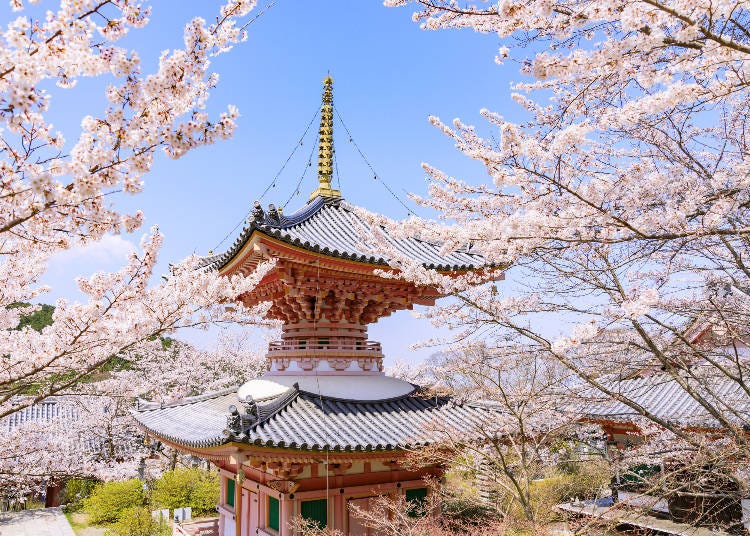
Spring and sakura are practically synonymous in Japan. Some great places to enjoy the lovely sight of these pretty petals right in the city itself are Nara Park, Tōdai-ji, Mt. Kasuga Primeval Forest, and Mount Wakakusa. The best time to catch the cherry blossoms in full bloom is between late March to early April.
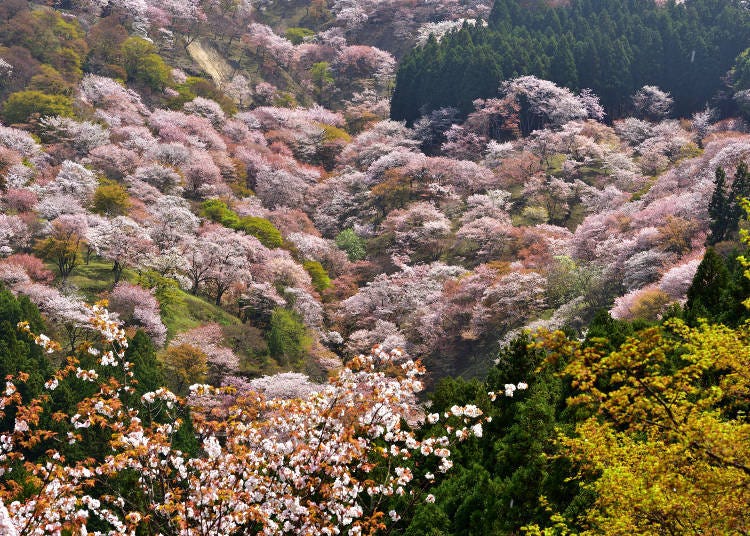
If you don't mind going a bit out of the way into the suburbs, there's also Asuka Village, Ishibutai Kofun, and Yoshino to consider for sakura viewing spots. Mount Yoshino itself covers a large area, and the sakura here bloom from foot to peak during early to mid-April.
Summer Sights
A word of warning first of all: Nara summers are unforgivingly hot! So make sure you're fully prepared to deal with the stinging heat when going sightseeing outdoors. That said, some sights can only be caught during this season of growth, so Nara's definitely worth visiting during summer as well.
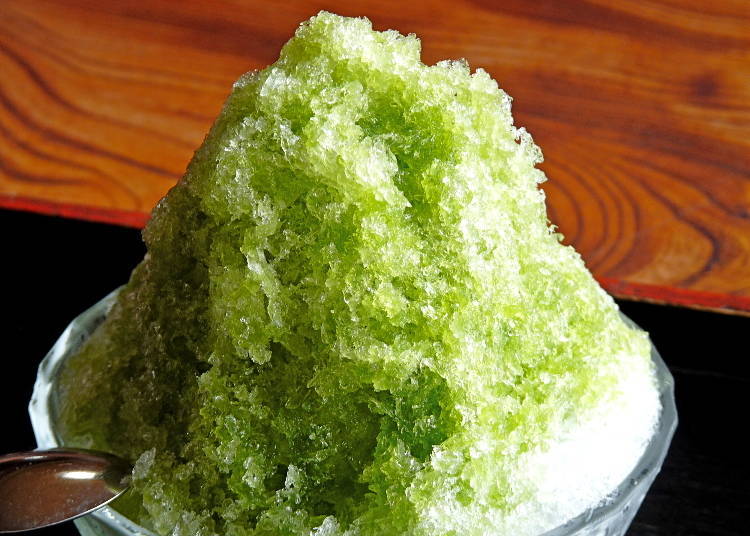
As mentioned earlier, there is a place in Nara known as the kakigōri paradise, where shops selling all sorts of shaved ice dessert can be found everywhere you turn. That place is Himuro Shrine, where the god of ice is being venerated. The building is located north of Nara National Museum, and shaved ice dessert is completely acceptable as an offering here!
Autumn Amazements
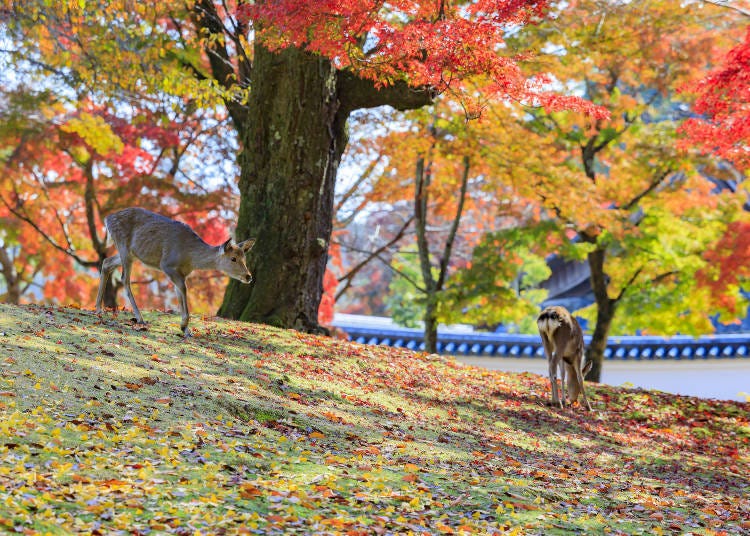
The best time to enjoy the fall foliage is from late October onwards, when tree leaves start turning a vivid shade of red. Nara Park should obviously be on your list, but don't forget to consider Tōdai-ji and the famous Isui-en, a garden with two beautiful lakes and leisure parks as well!
Winter Wonders
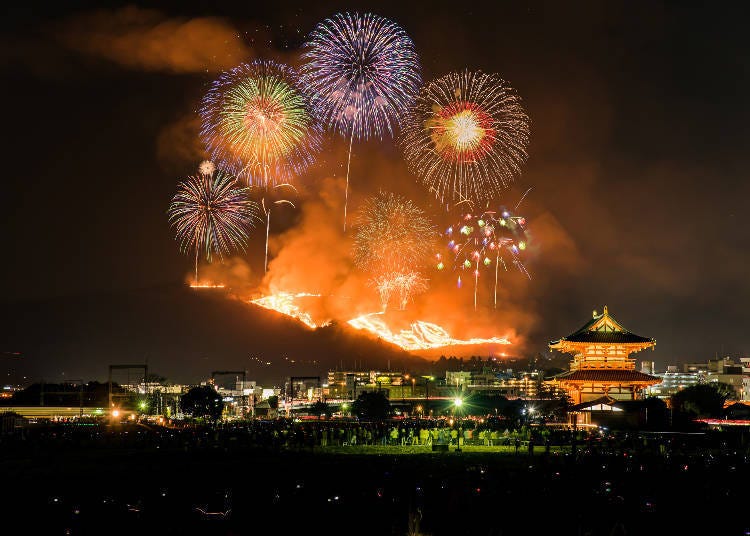
On the fourth Saturday of January every year, the dry grass on Mount Wakakusa is burned up in a yamayaki (mountain burning) ceremony. The intense flames from the ceremony brighten up the winter night sky while coloring it a vibrant hue of fiery orange, and the entire scene is truly a sight to behold.
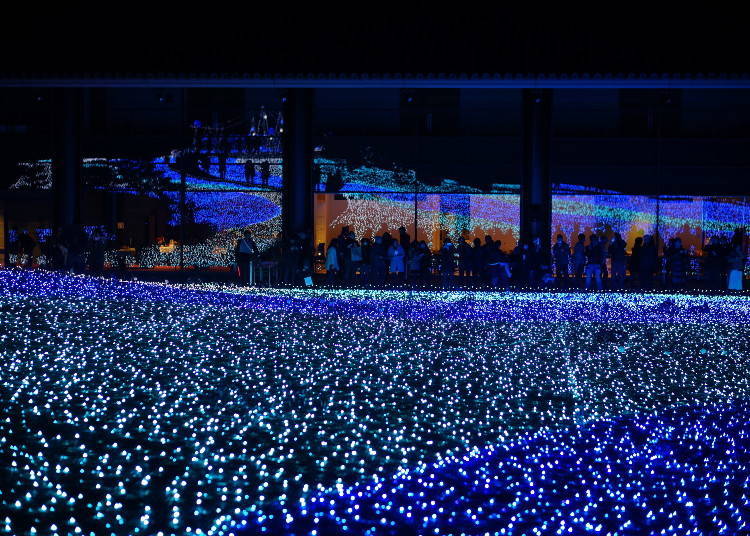
The Nara Rurie Winter Illumination that takes place in February is yet another must-see sight in winter. During the event, the pathways connecting Tōdai-ji, Kōfuku-ji, and Kasuga-taisha are lit up with dreamy illuminations that seem to draw visitors into a fantastical world.
Mt. Miune, located in the southeastern part of the village of Mitsuemura in Nara Prefecture, is famous for the fantastic sight of rime (fog) ice, which forms when moisture in the air freezes on the branches of trees near the summit during the harsh winter months of January to March. The Miuneyama Ice Festival, an event organized by the tourism association, is held during this period to welcome climbers.
Finally, be sure to check out Tōdai-ji's omizutori water ceremony, part of an event known as the Shuni-e that heralds the coming of spring in Nara.
3. Getting to Nara from Tokyo and transport within Nara
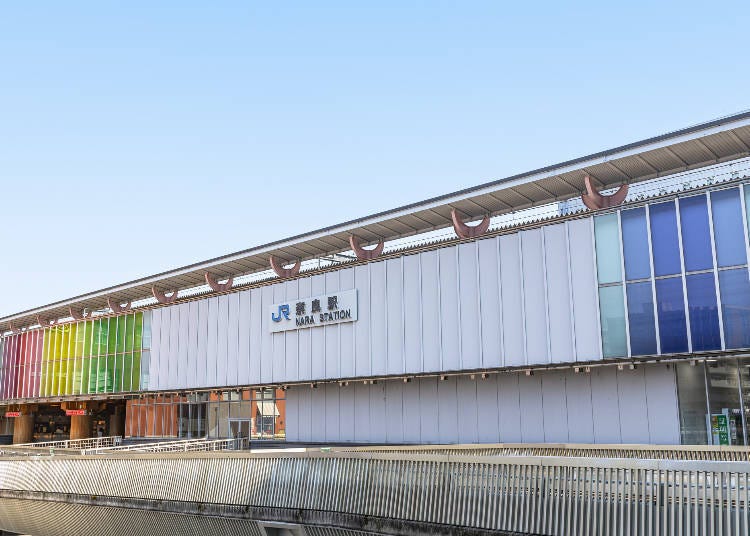
Via Shinkansen From Tokyo
Train is the easiest way to get to Nara. Since the Shinkansen bullet train doesn't stop at Nara, if you're taking a Shinkansen from Tokyo Station, you'll have to stop at Kyoto Station first.
A Nozomi Shinkansen will take about 2 hours and 15 minutes to complete this trip (13,970 yen for a reserved seat). A Hikari Shinkansen takes about 2 hours and 30 minutes between Tokyo and Kyoto. The Hikari Shinkansen is covered under the Japan Rail Pass.
Change into a regular train at Kyoto Station bound for Nara Station (Miyakoji Rapid will take about 45 minutes and cost 720 yen).
Via Airplane From Tokyo
Flying to Nara is also an option; while there is no direct flight, it may be cheaper than a Shinkansen. From Tokyo's Haneda Airport, fly over to Kansai International Airport (about an hour and 20 minutes). This is slightly longer at one hour and 35 minutes if you take off from Narita Airport instead. A one-way ticket on a low-cost carrier should only cost about 5,000 yen or so.
After arrival, take a JR or Nankai Electric Railway train from Kansai International Airport to Osaka's city center, then transfer to another train bound for Nara. JR offers an express train that takes you from the airport to Tennoji Station in Osaka, where you can transfer to a rapid service train on the Yamatoji Line that will take you to Nara Station. This should cost about 1,740 yen and take around 90 minutes from the airport.
To get to Nara using the Nankai Electric Railway, hop on a train to Namba Station, then transfer to a Kintetsu Railway train at Osaka-Namba Station to Nara Station, both on the Kintetsu Lines. This should take about 90 to 100 minutes from the airport and cost 1,500 yen. Limousine bus services are also available for those looking for a direct way to get to Nara from the airport.
Getting Around Nara
Both JR and Kintetsu Railway offer discount tickets for their trains.
For example, JR's Kansai 1-Day Pass (2,800 yen per adult) allows you to board and disembark regular trains at stations within the Kansai region.
You can also use the Ekirin-kun bicycle rental service from stations that offer them for one time.
Kintetsu Railway also has several discount tickets that provide great access to major sightseeing hotspots, such as the Nara, Ikaruga, and Yoshino World Heritage Ticket or the Nara & Ikaruga 1-day Ticket. These tickets come with unlimited bus rides on Nara Kotsu Bus Lines as well, so sightseeing will be a literal breeze with any one of them! Note that pricing for the tickets may differ depending on what perks they come bundled with.
4. Accommodations: Where to stay in Nara
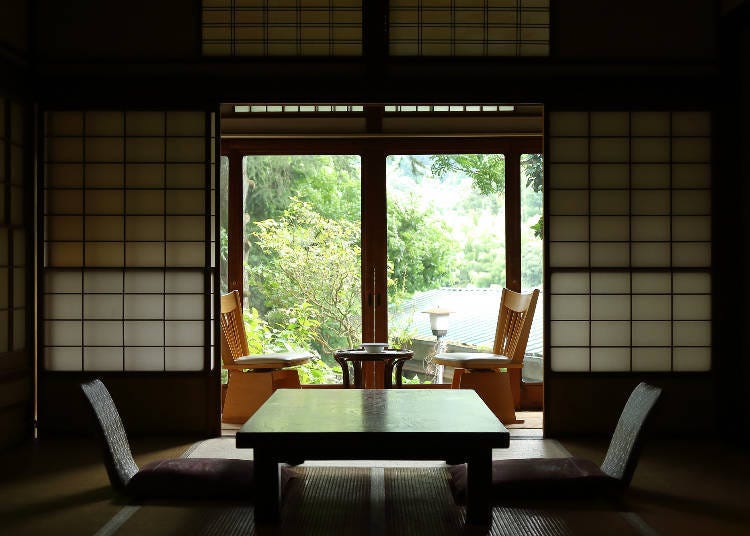
Thinking of staying over for a night or two for an extended exploration of all that Nara has to offer? You're spoiled for choice here, with almost anything you can find from a scale of luxurious to budget.
We definitely recommend accommodations near train stations - within a 15-minute walk from either a Kintetsu or JR train station if possible.
If your itinerary is mainly focused on Kyoto and the Osaka Umeda area, try to find a place near Nara Station on the JR Lines.
For Nagoya or the Osaka Namba area, on the other hand, stay somewhere nearer to a Kintetsu train station instead.
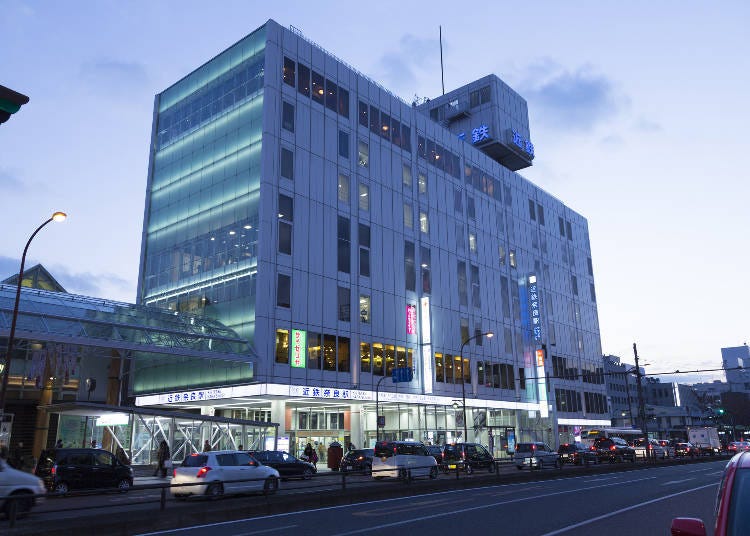
Nara Station on the Kintetsu Lines is connected to a shopping arcade with all the usual amenities you can expect to find in one, such as restaurants and shops.
Once you cross Sarusawa Pond, you'll reach Naramachi, a great area to do your shopping in, or just roam around for a bit. In case you start feeling hungry, remember that the closer to Nara Station you get, the more restaurants you'll be able to find along the way.
To explore Nara at leisure, we highly recommend staying over for at least two nights or even using it as a base of operations to branch out to other top destinations like Osaka and Kyoto due to their proximity.
5. Must-try foods in Nara
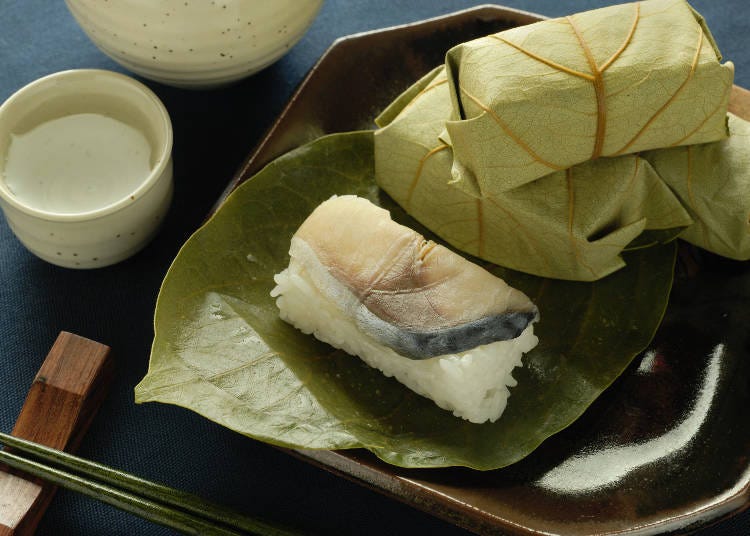
One of the oldest known Nara local specialties is sushi wrapped in persimmon leaves, a dish called kakinoha-zushi. The sushi is made by topping vinegared rice with a thinly-sliced piece of salted mackerel meat pickled in vinegar, then wrapping them up in a persimmon leaf.
Historically, this tasty meal is often eaten during festivals or special occasions, but you can find it being readily sold in many shops within the central Nara area nowadays.
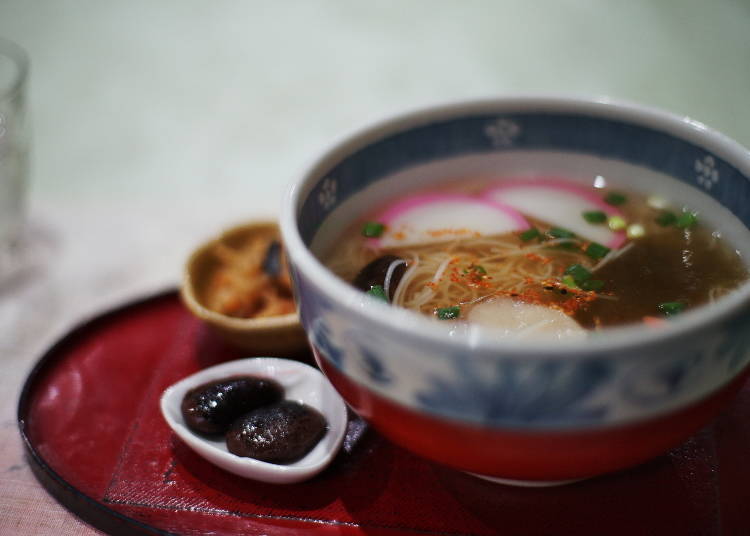
There's also miwa sōmen, a vermicelli-like noodle dish that was so-named because it originated from the Miwa area in Nara's Sakurai Town. The good thing about sōmen is how versatile it can be - take it with cold stock during those scorching summer days, or soak it in hot soup and let it warm you up from inside out during winter season - it's entirely up to you!
Asukanabe is another local delicacy to try out. This stew features an opulent mix of fresh meat and dairy products from locally-reared Nara Japanese Black cattle, tasty chicken meat, and plenty of vegetables to go along.
What we've mentioned above are but a few examples of the wide variety of local cuisine to try out on your own trip to Nara, but we're sure you'll discover more on your own during your journey through the region!
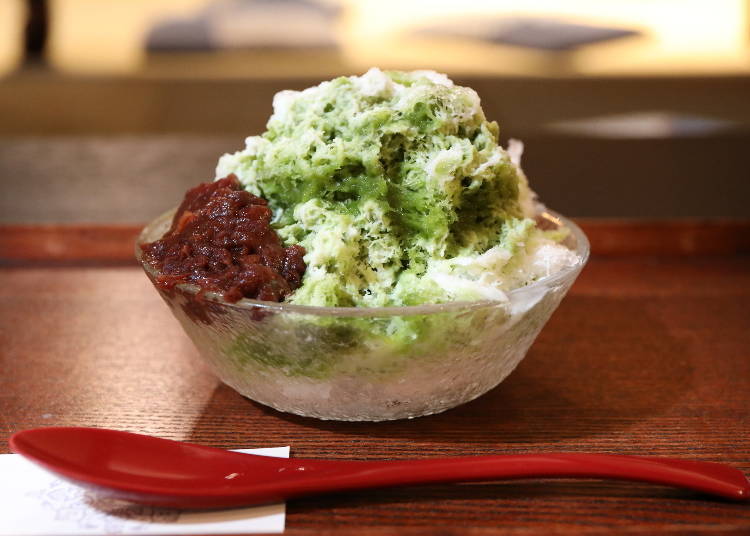
Those with a sweet tooth will definitely want to make a pilgrimage to the famous Himuro Shrine, also known as Nara's "shaved ice paradise," for being situated in an area with a variety of shaved ice desserts available all year round. The shrine holds a water festival every year in May, and shaved ice desserts are accepted as offerings during this time.
6. Cultural things to see in Nara
Nara is also known for its abundance of well-designed museums and art galleries where visitors can learn more about the prefecture's history and immerse themselves in its culture.
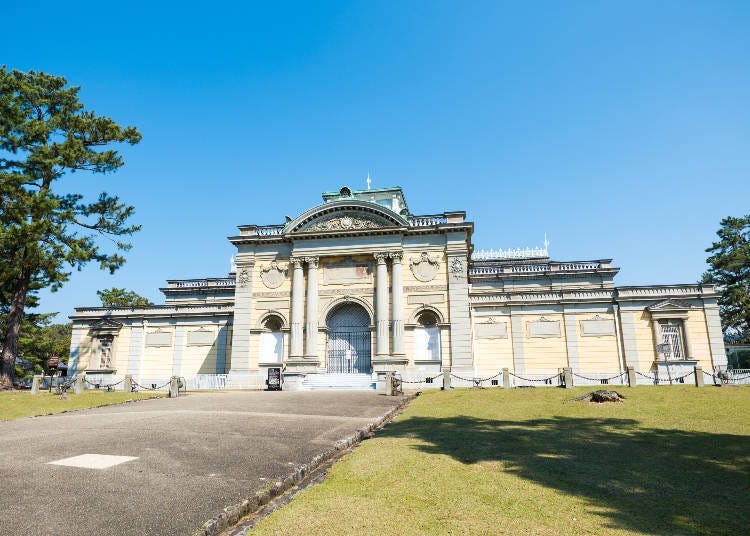
Tucked away in a corner of Nara Park is the well-known Nara National Museum. Every year, an exhibition of Shōsō-in treasures is held here, and artifacts from as far back as the Nara period (710 to 794 CE) and Kamakura period (1192 to 1333 CE) are exhibited for all to admire, including quite a number of Buddha statues and artwork.
Additionally, about 4,100 works and items with connections to Nara can be found in the Nara Prefectural Museum as well. The building is located next to the Nara Prefectural Government Office, which is very near Nara Park.
To further immerse yourself in Nara's atmosphere of history and culture, consider going to the Kokuho-den Shrine hall in Kasuga-taisha, or the culture center and museum in Tōdai-ji, where artifacts and artwork related to the shrine and temple's long history are being put on display.
There are plenty of other interesting museums and galleries in the area as well, and it shouldn't be hard to find something that tickles your intellectual fancy among them!
Finally, complete your culture circuit by visiting the eight places that have been designated by UNESCO as Historic Monuments of Ancient Nara because of how significant they are to the region's civilization.
The list contains of six shrines and temples: Tōdai-ji, Kōfuku-ji, Kasuga-taisha, Gangō-ji, Yakushi-ji, and Tōshōdai-ji. The other two places are the historic ruins of Heijō Palace and the tranquil natural monument of Kasugayama Primeval Forest.
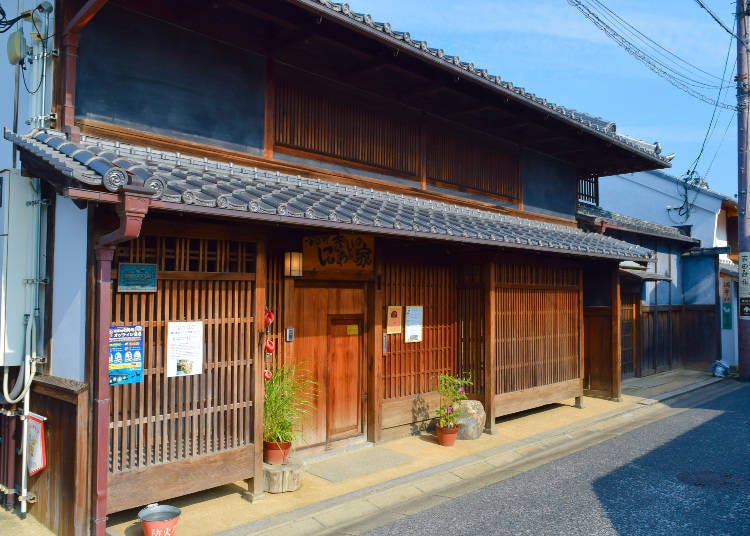
Naramachi, the town located on the outskirts of Heijō Palace, has a long history as well, and this is reflected in its olden-style streetscape. One of the buildings here, Nigiwai-no-le, is a registered cultural asset.
This historic house was built over 100 years old ago and now serves as a facility to educate visitors about traditional Japanese architecture and lifestyle, such as what life was like for people in the past who lived in these houses during a time when each year was divided into 24 seasons instead of the modern four.
7. Recommended activities and things to do in Nara
The rustic looks of Nara's streets make it the perfect place to take a stroll in - dressed in a traditional Japanese kimono to really get into the mood!
There are kimono rental shops in the Nara Park and Naramachi area where you can rent full-fledged retro kimonos or summer yukata (unlined cotton kimono) if this is something that appeals to your sense of adventure. Don't forget to take lots of pictures if you do try it out!
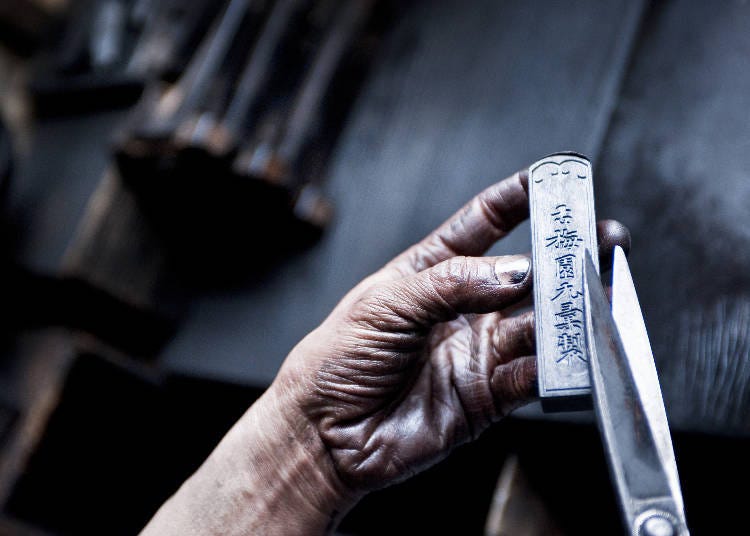
A quick 5-minute walk from Yakushi-ji is Ganko Ittetsu Nagaya, a row house filled with shops of traditional artisans peddling their carefully hand-made wares.
Nara is known as the birthplace of traditional Japanese art, so you can be sure this is a place worth touring to get to know the artistic side of Japan better.
The Sumi Museum right next door is a great place to learn more about the 1,300-year-long history of ink usage in Japan and perhaps even observe how ink is produced.
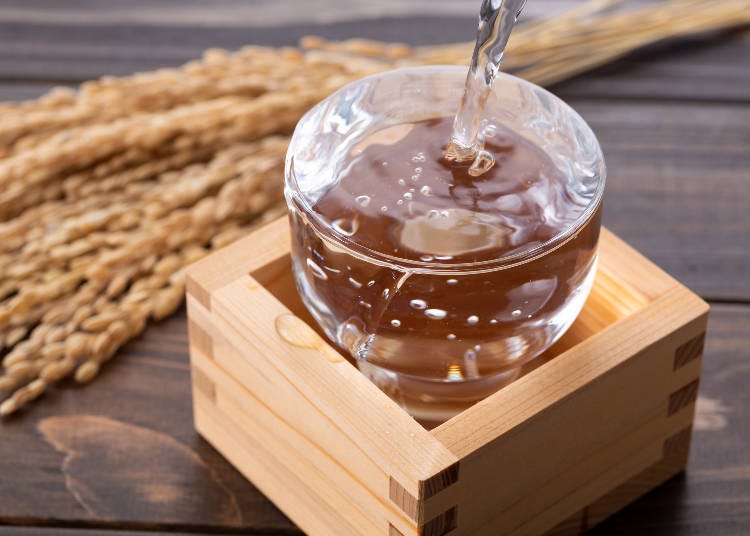
As one of the foremost producers of refined sake in Japan, Nara is home to many sake breweries, such as the Harushika Sake Brewery in Naramachi. The brewery offers a special deal as well - purchase an original Harushika glass cup for 500 yen and get to taste-test up to five different types of sake available here. An irresistible deal for sure, considering you also get to take the glass cup home as a souvenir after that!
8. Shopping in Nara
A great shopping experience awaits in Naramachi because of the sheer variety of local goods and craftwork available and the fact that you get to see the traditional buildings that have been preserved here while you're at it!
Head south from Sarusawa Pond to reach this quaint little area and start enjoying your souvenir shopping right away.
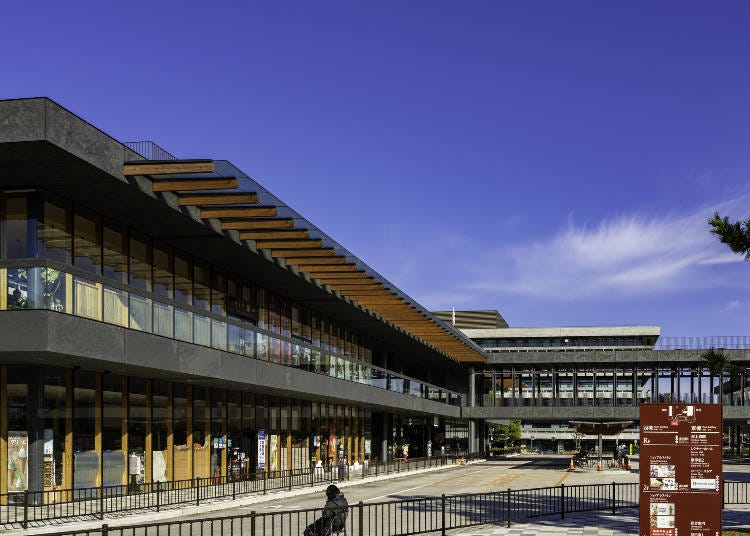
Narameihinkan is another place to shop for souvenirs, especially famous local snacks and general goods. The shop is located on the first floor of the west building of Nara Park Bus Terminal, where there are also restaurants and cafes for you to take a quick rest in if needed.
Visitors can enjoy a bird's eye view of Nara Park from the building's rooftop garden - another reason you should definitely visit this place sometime during your trip!
9. Other sightseeing hotspots around Nara
Generally speaking, Nara Prefecture can be divided into four main areas:
・1. Nara - The city center
・2. West Nara - Ikoma, Shigi, Ikaruga, and Katsuragi areas to the west of Nara city
・3. South Nara - The mountain range, Asuka, Kashihara, and Uda areas to the south of Nara city
・4. Yoshinoji - An area that lies even farther south of South Nara
(*Info according to the Official Nara Travel Guide website)
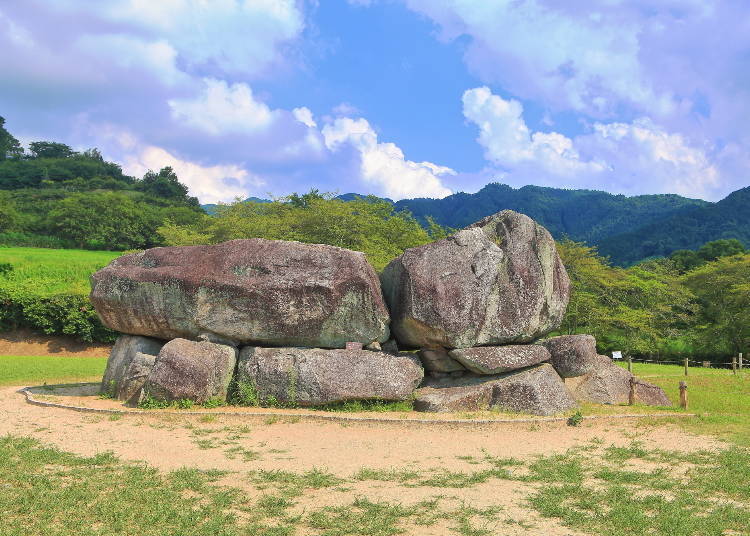
The South Nara area is where you can find natural monuments like the mysterious kameishi (tortoise stone) or Ishibutai Kofun in Asuka Village. Either cycle around the area or walk along Yamabenomichi (mountainside road), the oldest road in Japan. Most natural and historical places of interest here can be comfortably covered with a day trip out.
For the Yoshinoji area, arrange your itinerary to stay at least a night or two to maximize your enjoyment of the various sights and sounds on display all year round in one of the most well-known scenic spots of Japan.
As mentioned earlier as well, since Osaka and Kyoto are easily accessible from Nara as well, it can potentially be a base of operations for your sightseeing foray into Kansai. Although it's unlikely anyone can cover all of Nara's amazing appeal within just a few days, we hope we've given you a great headstart at least!
English translation by: Huimin Pan
*The information in this article is current as of October 2021.
Kiko Matsuda, Keiko Kimura, Risa Tsushi, and a team of female writers familiar with Kansai. We love eating, drinking and traveling! We share fun information based on our experiences.
- Area
- Category
*Prices and options mentioned are subject to change.
*Unless stated otherwise, all prices include tax.
Popular Tours & Activitiess
-
Ad

Experiencing Manga as Culture, Not Just Reading It: Expo 2025 with Rumiko Takahashi
-

Best Things to Do and See Around Kyoto & Osaka in September: Events and Festivals in Kansai
-

Everything You Need to Know About teamLab Biovortex Kyoto (2025 Insider Guide)
by: Wemmy Chau
-

Kyoto's Hidden Treasures Open This Winter! Enjoy Exclusive Access to 15 Rare Cultural Sites (Jan-Mar 2026)
by: Guest Contributor
-
Ad

Discover Timeless Beauty: Kimono-en, a Web Magazine Exploring the Spirit of Kimono
-

New Way to Reach Koyasan! Ride Nankai's 'GRAN Tenku' for a Heavenly Journey
by: Guest Contributor
Inspiration for Accommodations
-

Spacious Family Hotel in Namba: 20 Comfortable Stays for Family Fun
-

Charming Hotels to Enjoy the Spectacular Views of Arashiyama's Autumn Leaves from Your Room
-

Experience Stunning Views of Osaka Castle from Private Spaces: Top Hotels Near Osaka Castle
-

Recommended by Visitors! Arashiyama's Best-Rated Hotels
-

Family-Friendly Universal Studios Japan Hotel with Excellent Access
-

Enjoy a Comfortable Stay in Osaka! 10 Hotels with Convenient Airport Shuttle Services
-

Top 10 Recommended Hotels Near Namba Station with Great Access
-

Enjoy Night Views from Your Room! Recommended Hotels in Namba Area
-

Getting around Kansai: Osaka Public Transport Guide with Planning Tips and Tricks
-
Ad

Smart Travel in Kyoto: Using Luggage Storage & Delivery Services at Kyoto Station
-

Osaka-Kansai Expo 2025: 7 Must-See Exhibits at the Future of Life Pavilion
by: WESTPLAN
-

10 Important Japanese Phrases to Know Before You Enter a Japanese Convenience Store!
by: Teni Wada
-

Tokyo to Osaka Bus From $20!? Top 5 Crazy Cheap, Crazy Comfy Bus Ratings Announced!
by: WESTPLAN
-

Kiyomizu-dera Temple: Guide to Visiting Kyoto's Most Famous Sightseeing Spot
- #best gourmet Osaka
- #things to do Osaka
- #what to do in kyoto
- #what to bring to japan
- #best gourmet Kyoto
- #new years in Osaka
- #what to buy in nanba
- #Visiting Osaka
- #onsen tattoo friendly arima
- #daiso
- #Visiting Kyoto
- #best japanese soft drinks
- #japanese fashion culture
- #japanese convenience store snacks
- #japanese nail trends













